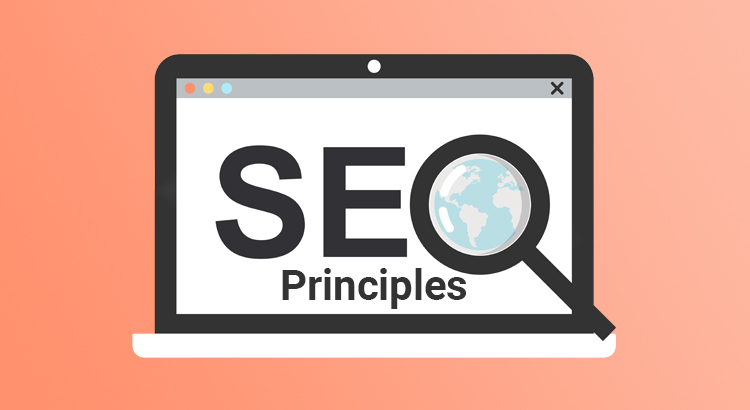SEO principles serve as the foundation upon which successful online visibility is built. This beginner’s guide delves into the fundamental principles of SEO, providing beginners with a comprehensive overview to navigate the complex landscape of online search and ranking algorithms.
Related Article: SEO Basics: A Beginner’s Guide to Getting Started
What Are SEO Principles?
SEO principles encompass a set of strategies and techniques designed to enhance a website’s visibility on search engine results pages (SERPs).
By obeying these principles, website owners aim to improve their organic search rankings, attract more traffic, and ultimately boost conversions.
10 Basic SEO Principles
Here are the key SEO principles:
1. Keyword Research and Integration
Conduct a detailed keyword research to identify relevant terms. Integrate chosen keywords naturally into website content, optimizing titles, headings, and meta tags for better search engine visibility.
2. Focus on the User Experience
Prioritize intuitive navigation, fast loading times, and engaging multimedia content. Positive user experiences lead to longer dwell times, lower bounce rates, and higher rankings in search results.
3. Optimize Title Tags
Create descriptive title tags incorporating relevant keywords. Titles should be concise, compelling, and aligned with user search intent to attract clicks and signal topical relevance to search engines.
4. Optimize Meta Descriptions
Write concise meta descriptions that summarize page content. Incorporate relevant keywords and compelling copy to entice users to click through to the website, improving click-through rates and SEO effectiveness.
5. Publish Valuable Content for Your Audience
Create high-quality, relevant content in various formats. Blogs, videos, and guides cater to audience needs, attracting organic traffic, encouraging engagement, and establishing authority in the industry.
6. Tag Images
Use descriptive alt tags to optimize images for search engines. Alt tags provide context and accessibility, enhancing indexing and relevance of webpages in search results for improved search engine optimization performance.
Useful Links: Image Optimization in SEO: Tips and Best Practices for Better Ranking
7. Link Internally
Strategically link related pages within the website. Internal linking improves navigation, promotes deeper engagement, and distributes link equity, contributing to a cohesive website structure and enhanced user experience.
Learn More: Internal Linking for SEO: Tips and Best Practices
8. Mobile-Friendly Optimization
Ensure your website is optimized for mobile devices. Responsive design, fast loading times, and intuitive navigation are crucial for providing a seamless browsing experience and complying with mobile-first indexing.
9. Earn Quality Backlinks
Focus on acquiring inbound links from reputable websites. Quality backlinks signal credibility and authority to search engines, boosting rankings and enhancing the overall SEO performance of your site.
10. Monitor and Analyze Performance
Regularly track and analyze website metrics using tools like Google Analytics. Gain insights into traffic patterns, keyword rankings, and user behavior to make informed decisions and continually refine SEO strategies for optimal results.
Related Article: Analytics and Reporting: Measuring and Improving SEO Performance
Conclusion of SEO Principles
In conclusion, mastering the fundamental principles of SEO is essential for beginners seeking to establish a strong online presence. By incorporating these strategies, individuals and businesses can improve their visibility in search results and attract more organic traffic.


